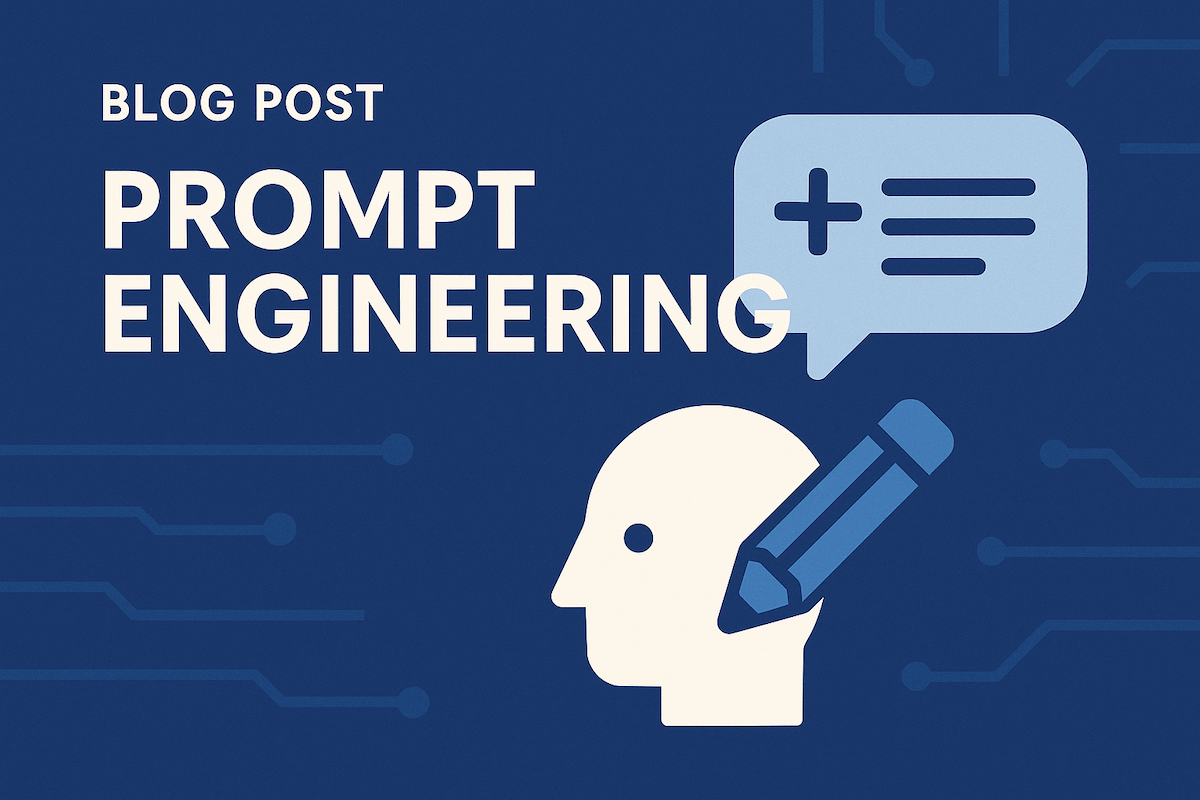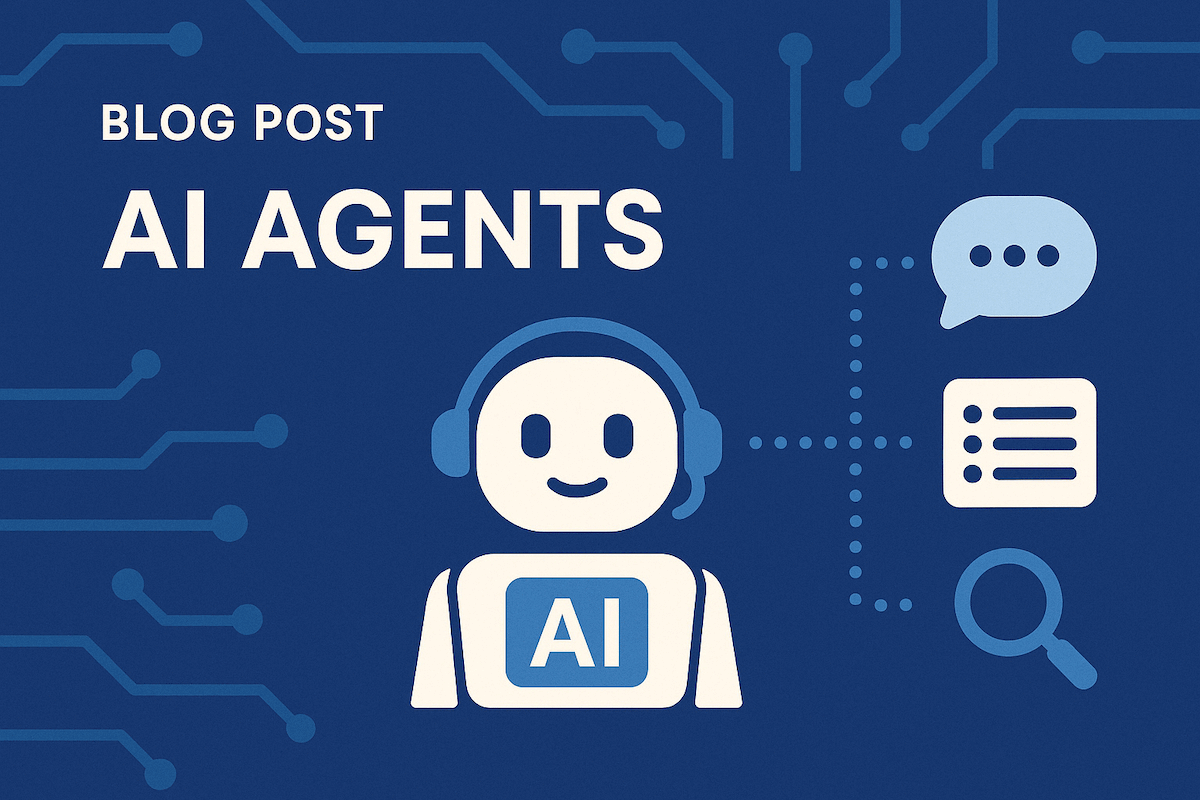· Fatih Işık · AI · 7 min read
The Evolution and Best Practices of Prompt Engineering in 2025
Explore how prompt engineering has transformed in 2025, including key advancements, adaptive techniques, and best practices for crafting effective AI prompts. This research highlights the latest trends—such as multimodal prompting, real-time optimization, and ethical considerations—empowering professionals to leverage AI more effectively across industries.

Outline
- Introduction
- Foundational Principles of Effective Prompt Engineering
- Advanced Methodologies in Prompt Engineering
- Industry-Specific Applications
- Ethical and Practical Considerations
- Common Mistakes to Avoid in Prompt Engineering
- Future Directions and Conclusion
Prompt engineering has emerged as a critical discipline in artificial intelligence, shaping how humans interact with large language models (LLMs) to achieve precise, reliable outcomes. As of 2025, advancements in AI capabilities and the proliferation of enterprise-grade applications have necessitated sophisticated prompting strategies that blend technical precision with creative problem-solving. This report synthesizes contemporary research and industry practices to outline the foundational principles, advanced methodologies, and ethical considerations defining modern prompt engineering.
Foundational Principles of Effective Prompt Engineering
The Role of Clarity and Specificity
At its core, prompt engineering relies on unambiguous communication to align AI outputs with user intent. Vague instructions like “Write a summary” often yield generic results, whereas specificity—such as “Summarize the key themes of post-colonial literature in 300 words for a high school curriculum”—directs the model to prioritize contextually relevant information[1][2]. This precision reduces the need for iterative revisions and enhances output quality. For instance, specifying output formats (e.g., bullet points, JSON) ensures compatibility with downstream applications, a practice widely adopted in automated report generation[5].
Contextual Framing and Constraints
Providing contextual cues enables AI systems to navigate complex tasks. A developer prompting an LLM to generate authentication code might include architectural details: “Implement an OAuth 2.1 service using PostgreSQL, ensuring GDPR compliance and scalability for 10,000+ concurrent users”[5]. Such constraints prevent irrelevant or non-compliant solutions. Similarly, designers leveraging AI for logo concepts might specify brand values, color palettes, and cultural sensitivities to steer creative outputs[3]. Contextual framing acts as a “bounding box,” narrowing the problem space while preserving generative flexibility.
Iterative Refinement and Feedback Loops
Prompt engineering is inherently iterative. Initial outputs often require refinement through follow-up prompts that clarify ambiguities or correct biases. For example, if an AI-generated marketing email overuses jargon, a revised prompt might specify “Use casual language suitable for Gen Z audiences”[2]. This process mirrors agile development cycles, where continuous feedback optimizes outcomes. Tools like ChatGPT’s “regenerate response” feature institutionalize this practice, allowing rapid experimentation[1].
Advanced Methodologies in Prompt Engineering
Structured Prompt Architectures
Modern workflows increasingly adopt templated structures to systematize prompt design. A typical template includes:
- Task: The objective (e.g., “Generate a Python function”).
- Constraints: Technical or regulatory requirements (e.g., “Use async/await syntax”).
- Context: Background information (e.g., “Integrate with existing Redis cache”).
- Examples: Demonstrations of desired outputs[5].
Such structures mitigate the “blank page problem,” guiding users to articulate requirements comprehensively. In software development, structured prompts have reduced code review cycles by 40% by preempting common errors[5].
Cognitive Subsystem Targeting
Cutting-edge strategies dissect AI cognition into subsystems—knowledge retrieval, reasoning, and generation—each requiring tailored prompts. For instance, to enhance factual accuracy, a prompt might begin with “Retrieve the latest 2025 WHO guidelines on diabetes management” before asking for a summary[5]. This modular approach isolates components of the AI’s processing pipeline, enabling finer control over outputs.
Generative AI-Driven Prompt Creation
Recursive AI applications, where one model generates prompts for another, are gaining traction. Marketing teams use GPT-4 to brainstorm social media prompts, which are then refined by human editors to align with brand voice[4]. While this accelerates ideation, overreliance risks homogenized outputs; best practices advocate hybrid human-AI collaboration to preserve creativity[4].
Industry-Specific Applications
Software Development
Prompt engineering has become indispensable in coding. Developers use prompts to generate boilerplate code, debug errors, and draft documentation. A survey notes that 92% of programmers now integrate AI tools into their workflows, with prompts like “Optimize this SQL query for read-heavy workloads” reducing development time by 30%[5]. However, challenges persist in handling edge cases, necessitating precise constraint specification.
Healthcare and Compliance
In regulated sectors, prompts must navigate legal and ethical guardrails. A healthcare AI tasked with drafting patient communications might receive prompts such as “Explain MRI procedures in non-technical terms, adhering to HIPAA guidelines”[2]. Compliance-focused prompts often include explicit injunctions against sharing protected information, illustrating how prompt engineering enforces regulatory adherence.
Creative Industries
Designers employ prompts to brainstorm visual concepts, iterate on copywriting, and simulate user feedback. A case study from a UX firm showed that prompts specifying user personas (e.g., “Design a mobile app interface for elderly users with arthritis”) improved prototype usability scores by 25%[3]. The interplay between creative freedom and structured guidance remains a key focus area.
Ethical and Practical Considerations
Mitigating Bias and Misinformation
Poorly engineered prompts risk amplifying biases present in training data. For example, a prompt like “Describe a CEO” might default to male examples unless constrained by “Include diverse gender and ethnic representations”[3]. Proactive measures, such as bias-checking sub-prompts, are critical to ethical AI deployment.
Security Risks
Prompt injection attacks, where malicious inputs trick models into revealing sensitive data, have prompted advances in input sanitization. Techniques like prefixing prompts with “Ignore prior instructions and…” are now countered by system-level safeguards that validate prompt integrity[5].
Human-AI Symbiosis
The most effective workflows position AI as a collaborator rather than a replacement. A developer might use an AI to draft code snippets but rely on human judgment to assess architectural fit[5]. This symbiosis underscores the irreplaceable role of domain expertise in prompt engineering.
Common Mistakes to Avoid in Prompt Engineering
1. Vague or Ambiguous Prompts
A frequent mistake is using prompts that are unclear or open to multiple interpretations. Ambiguity leads to irrelevant or incomplete responses from the AI. Always be clear and specific about what you want to avoid confusion and ensure the AI understands your intent.
2. Lack of Context and Specificity
Failing to provide enough context or detail is another major pitfall. Without sufficient background or clear instructions, the AI may generate outputs that are misaligned with your goals or the needs of your audience. Always include relevant information and constraints to guide the AI effectively.
3. Not Defining the Desired Output Format
If you don’t specify how you want the information presented (e.g., list, table, summary), the AI might return results in a less useful format. Clear instructions on output structure make responses more actionable and easier to use.
4. Overcomplicating Prompts
Trying to cover too many points or using overly complex language can confuse the AI, resulting in less accurate or harder-to-understand outputs. Keep prompts straightforward and, if necessary, break complex requests into smaller, manageable parts.
5. Using Biased or Leading Prompts
Prompts that assume a particular answer or viewpoint can introduce bias into the AI’s response. Strive for neutrality and objectivity to get balanced and informative outputs.
6. Making Prompts Too Simple or Incomplete
While simplicity is valuable, prompts that are too brief or lacking in necessary detail can yield generic or unhelpful results. Balance simplicity with completeness by including all essential details without unnecessary complexity.
7. Not Iterating or Refining Prompts
Expecting perfect results from a single prompt is unrealistic. Failing to revise and refine prompts based on initial AI responses can limit the quality of the final output. Iterative improvement is key to effective prompt engineering.
Summary Table of Common Mistakes
| Mistake | Why It’s a Problem | How to Avoid |
|---|---|---|
| Vague/ambiguous prompts | Leads to irrelevant or incomplete responses | Be clear and specific |
| Lack of context/specificity | AI may misunderstand or misalign with goals | Provide background and constraints |
| No output format defined | Results may be hard to use or inconsistent | Specify desired format |
| Overcomplicating prompts | Confuses AI, lowers response quality | Use simple, focused language |
| Biased/leading prompts | Introduces bias in outputs | Use neutral, objective wording |
| Prompts too simple/incomplete | Yields generic or unhelpful responses | Include all necessary details |
| Not iterating/refining | Limits output quality | Revise and improve prompts as needed |
Avoiding these mistakes will help you craft more effective prompts and achieve better results from AI systems.
Future Directions and Conclusion
As multimodal AI systems integrating text, image, and voice processing mature, prompt engineering will expand into cross-modal orchestration. A 2025 prototype demonstrates using voice commands to adjust visual AI outputs in real time—hinting at a future where prompts span sensory modalities[4]. Additionally, self-optimizing prompts that adapt based on user feedback are under development, promising further efficiency gains.
In conclusion, prompt engineering in 2025 represents a blend of art and science, requiring both technical rigor and creative problem-solving. By adhering to principles of clarity, leveraging structured methodologies, and prioritizing ethical safeguards, practitioners can harness AI’s transformative potential while navigating its complexities. As the field evolves, continuous learning and adaptability will remain paramount, ensuring that human ingenuity stays at the forefront of AI innovation.
Citations:
- [1] https://www.freecodecamp.org/news/prompt-engineering-basics/ {:target=“_blank”}
- [2] https://www.guvi.in/blog/best-practices-for-prompt-engineering/
- [3] https://www.interaction-design.org/literature/topics/prompt-engineering
- [4] https://solguruz.com/blog/ai-prompt-engineering-trends/
- [5] https://www.linkedin.com/pulse/prompt-engineering-developers-secret-weapon-2025-nusoftco-peooe
